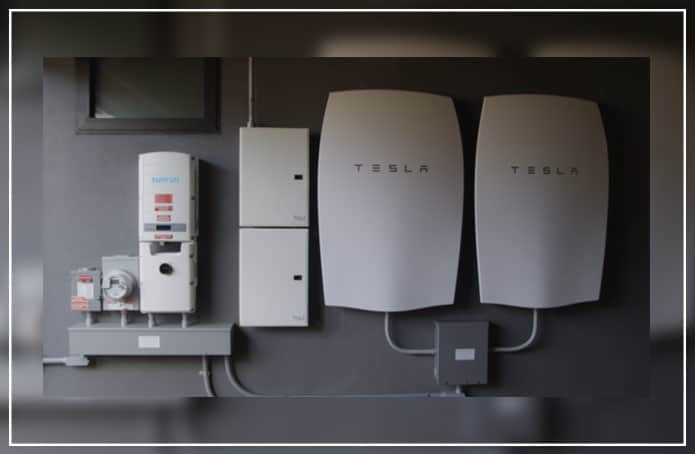❒ Latest Technology Updates
Tesla Powerwall Battery Pack is the Trending Tech News which is highly beneficial.
Though, Tesla installed its first ever Powerwall battery pack in an Australian household, four years ago, but now the residing Pfitzner family has publicized its importance and how much of an impact the energy-saving Powerwall Battery Pack measure has made.
It is claimed that when Tesla Powerwall Battery Pack is combined with a solar panel system, this would allow users to store the excess energy generated by the solar panels in order to make use of it at the time of need, when the sun alone can’t provide the necessary power.
While this Tesla Powerwall effectively allows the complete home to operate self-sufficiently, but there is still a need to depend on the main power grid because by its continuous use the Tesla Powerwall battery would deplete due to extended periods of harsh weather or similar.
In the Pfitzner family, when this Tesla Powerwall battery was used over the course of four years, resulted in the saving of a total of about $5,700 (AU$8,463) on the electricity bills, and paid an average of just 30 cents (AU$0.46) per day.
This not only saved the pocket but also the environmental pollution. As there is ability to store reserve energy in a battery pack there is potential to reduce household carbon emissions by up to 6 tonnes per year, which would be a considerable figure if the latest technology Tesla Powerwall battery get installed in masses of homes.
The Pfitzner’s house has been spread on a large area containing “four bedrooms, internal laundry, air-conditioning, state of the art appliances, a pool, and outdoor entertaining area”, found to be more resource-intensive than the average household.
The worth of this Tesla Powerwall battery pack can be analyzed in this way- the family had spent AU$16,000 (about $10,800) installing the battery, solar system, and any related hardware to the home, though it hasn’t still paid itself on the investment.
It has been estimated that the return on investment would be taking around 20-year mark, it’s now set for just seven years, which is much more promising for the development of household battery technology in the future.
With this latest development Xiaomi’s next big innovation could be a solar-powered smartphone
❖ Read More:
➥Apple Home Pod Smart Speaker Set to Launch in India For Rs 19,900
➥ Sony Amazes With its New Sony Vision S Concept Car
➥ APPLE Acquired INTEL’S 5G Business For $1 Billion
➥ World’s first Artificial Human- “Neon”
➥ Apple Launches New iPod Touch with A10 chip and Up to 256 GB Storage Variant






















